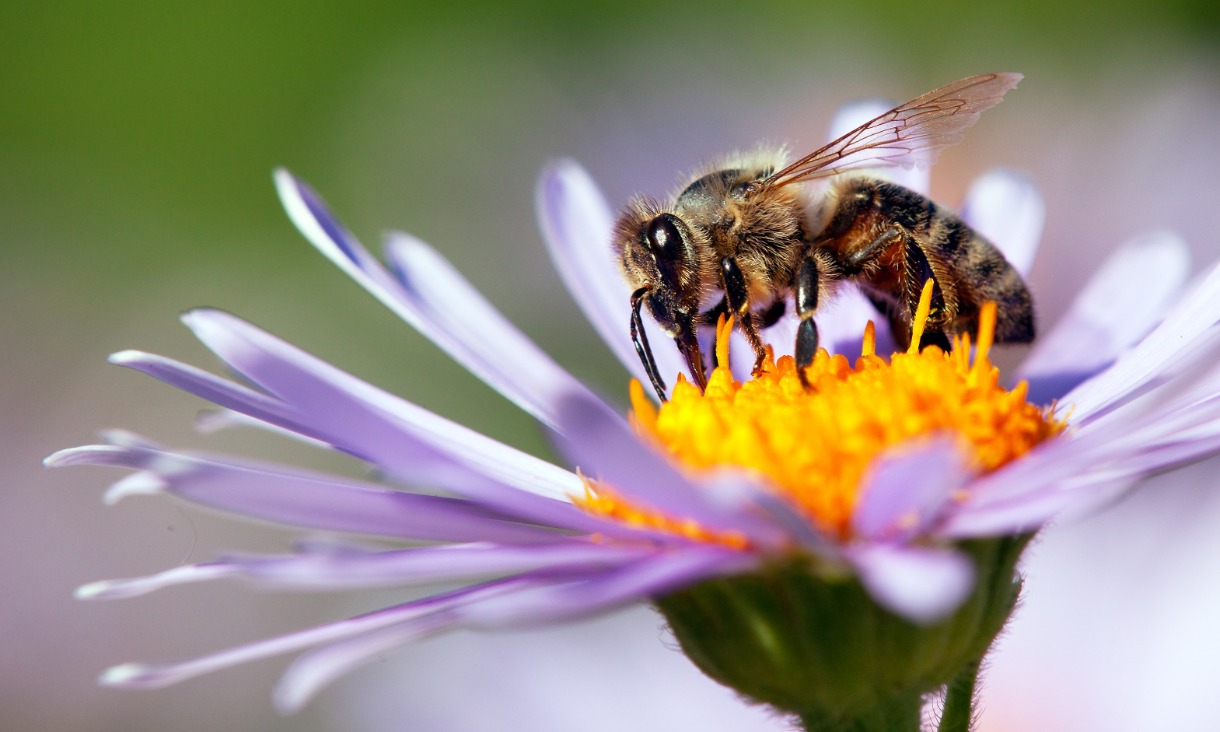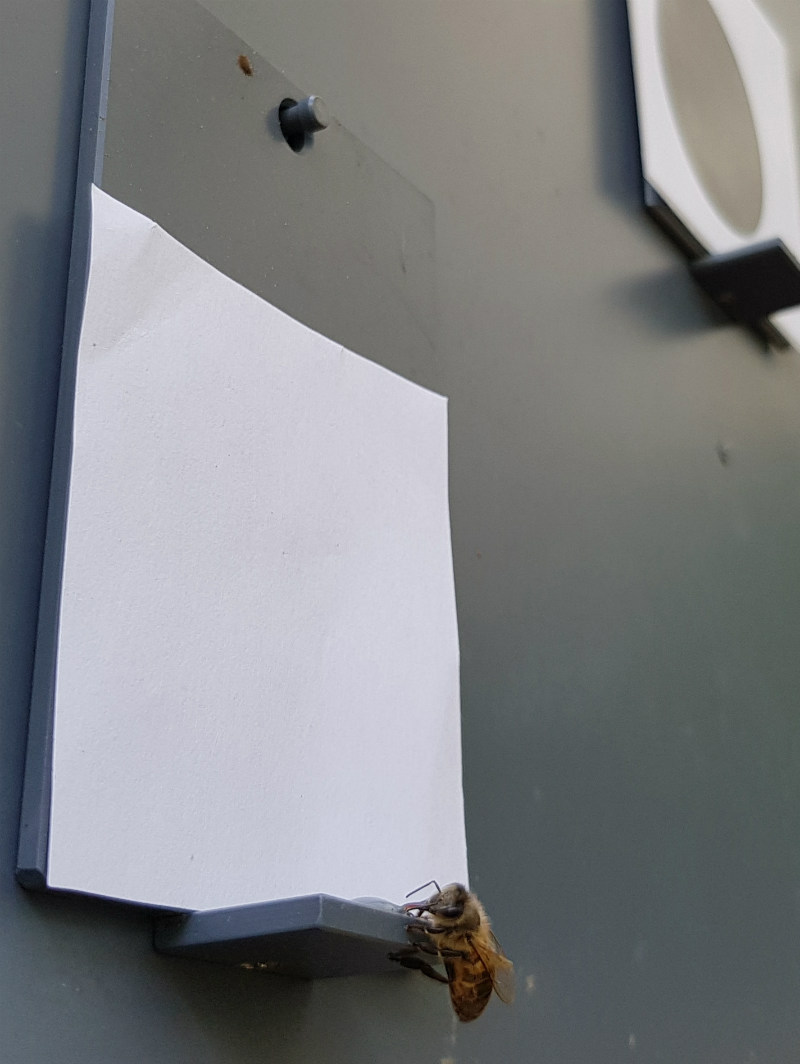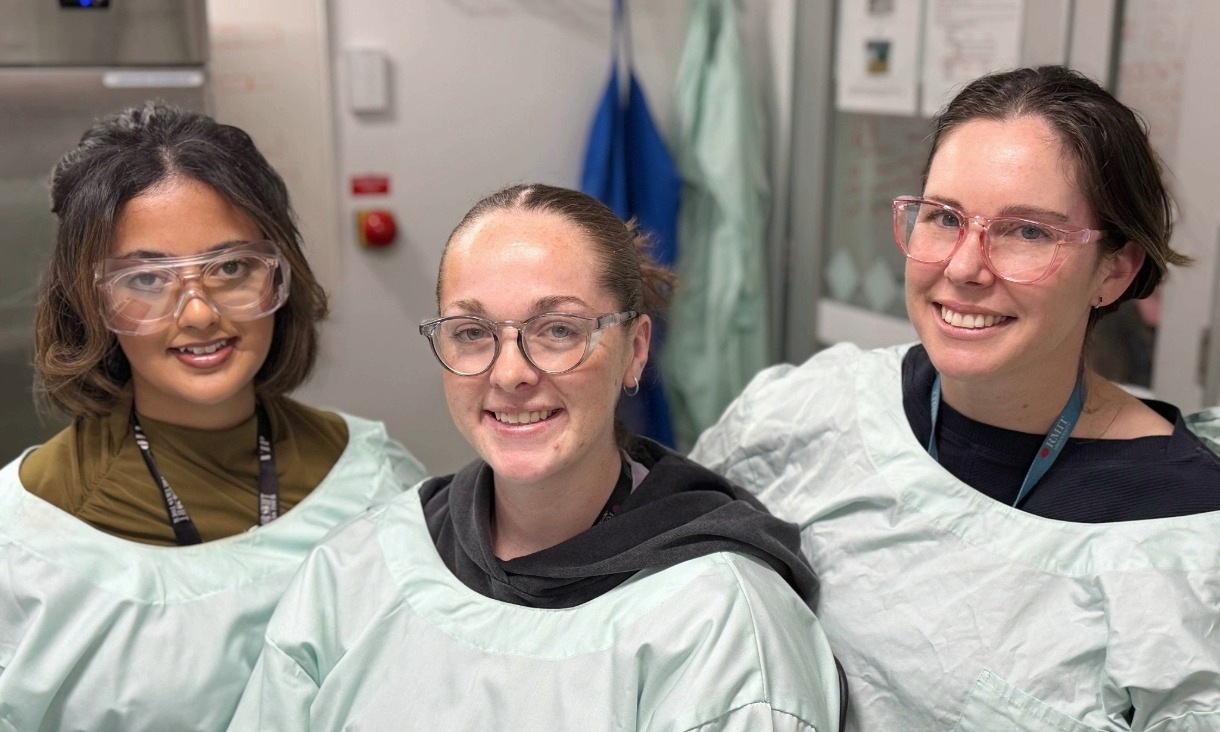As well as being a critical pollinator, the honeybee is an exceptional model species for investigating insect cognition, with previous research showing they can learn intricate skills from other bees and even understand abstract concepts like sameness and difference.
But bee brains have fewer than 1 million neurons - compared with the 86,000 million neurons of a human brain - and little was known about how insect brains would cope with being tested on such an important numeric skill.
RMIT PhD researcher Scarlett Howard set out to test the honeybee on its understanding, marking individual honeybees for easy identification and luring them to a specially-designed testing apparatus.
The bees were trained to choose an image with the lowest number of elements in order to receive a reward of sugar solution.
For example, the bees learned to choose three elements when presented with three vs. four; or two elements when presented with two vs. three.
When Howard periodically tested the bees with an image that contained no elements versus an image that had one or more, the bees understood that the set of zero was the lower number - despite never having been exposed to an “empty set”.
Dyer, a researcher in the Bio Inspired Digital Sensing-Lab (BIDS-Lab) in RMIT’s Digital Ethnography Research Centre, said the findings opened the door to new understandings of how different brains could represent zero.
“This is a tricky neuroscience problem,” he said.
“It is relatively easy for neurons to respond to stimuli such as light or the presence of an object but how do we, or even an insect, understand what nothing is?
“How does a brain represent nothing? Could bees and other animals that collect lots of food items, have evolved special neural mechanisms to enable the perception of zero?
“If bees can learn such a seemingly advanced maths skill that we don’t even find in some ancient human cultures, perhaps this opens the door to considering the mechanism that allows animals and ourselves to understand the concept of nothing.”








